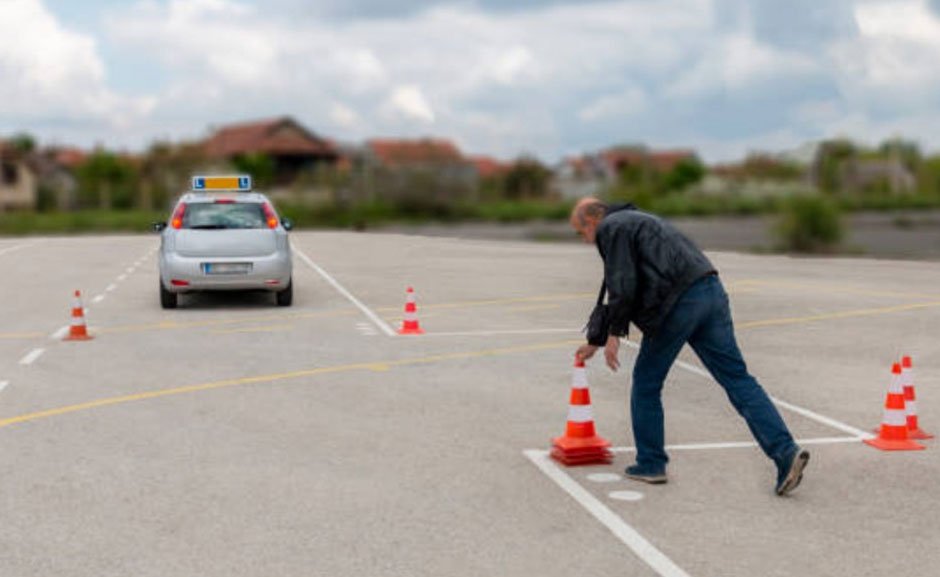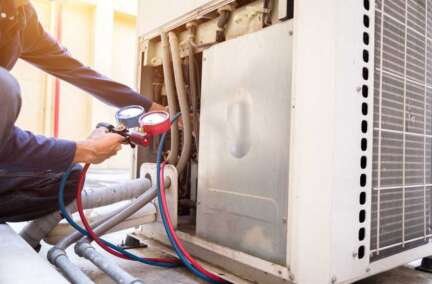Defensive driving is a way of making road safety in novice business drivers more apparent and reducing the threat of collision. The common objectives of this driving approach are to increase reaction time, predict danger, and adopt safe driving practices. Corporate drivers generally work on strict timetables and navigate through unconventional routes, both of which increase the chance of accidents. When defensive driving, they have all the resources to minimize the risks in precarious situations. This protects the assets of the company and the reputation besides personal safety while driving. Businesses can establish road safety and accountability in culture by aggressively promoting defensive driving among their employees.
Building a Culture of Safety with Defensive Driving in the Workplace
The first thing that marks the beginning of a culture of safety is acknowledging the importance of defensive driving for corporate drivers. Businesses can set up repeated training programs teaching staff about safe driving habits. Through defensive driving course, pupils learn to spot potential threats and react. Moreover, such programs focus on being compliant with road rules as well as the need for maintaining your car. Workers make the workplace safe when they know their responsibility in driving. Employers can promote such ideals by offering rewards to workers for safe driving practices. The awareness of candid conversation about difficulties with driving also helps to raise such awareness. Safety-oriented measures lower the chances of accidents and contribute to better health of the workers.
How Defensive Driving Training Supports Compliance with Australian Road Safety Standards
One of the major concerns for corporations in hiring corporate drivers is that they are in conformity with Australian road safety provisions. Drivers who have been covered under defensive driving course are guaranteed to be prepared to uphold such standards permanently. The course also deals with rules regarding compliance with traffic laws on speed limits, seat belt use, and right-of-way. They also cover specific rules applied to some states and types of automobiles. Practical defensive driving involves lane discipline, proper adjustment of speed to road conditions and maintaining a safe distance. Compliance with regulations is achieved by demonstrating that its training programs align with the regulations by the Australian authorities.
The conducting of defensive driving promotes environmental friendly techniques in alignment with the sustainability objectives. Fuel consumption can be reduced by steady driving or avoiding rapid acceleration. This has the advantage of increased compliance, lesser fines, and better performance of the fleet. The skilled drivers also have less exposure to dangerous acts, thus lessening the chances of collision. This forward-looking approach fosters a safer road and protects corporate assets while creating a positive company image.
How Defensive Driving Reduces Business Liability on the Road
By reducing the risks concerning employee-owned cars while driving on the job defensive driving reduces business risk considerably. Employee-owned cars expose companies to liability for traffic-related cases. Defensive driving course trains staff members on proactive preventive measures against accidents and responds when emergency conditions occur. Employees who become defensive drivers minimize the risks that could lead to negligence-based lawsuits because they avoid dangerous driving such as speeding and inattentive driving. Defensive driving programs increase observance of traffic safety standards, reducing associated potential legal exposure.
Companies with defensive driving programs show a sense of responsibility to workers’ safety and to the public safety generally, which can have a positive impact if litigated. Since insurers frequently advertise ways to reduce risk, companies can also reduce insurance costs by recording employee participation in defensive driving programs. Fewer accidents also mean reduced auto repair, medical and lost time costs. By focusing on safety, operations are maintained and financial and physical resources are conserved.







